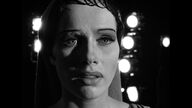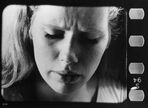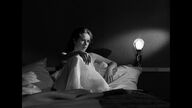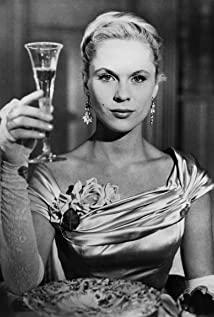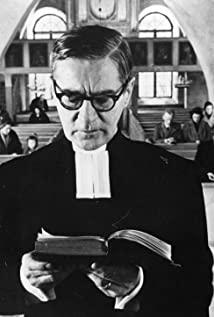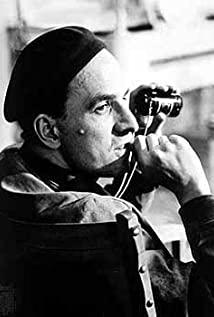The first half is about when the meaning of faith in destiny sinks into silent nihilism, one person's mask becomes the liberation of another. Elizabeth's role is revealed quite clearly by the book "A Hero of Our Time" read by the little boy at the beginning of the film, in which the protagonist wears a kind of isolated nihilism and is devoured by emptiness day by day; while Emma's role It shows the true self in the presence of the listener.
The second half begins to escape into the perspective of the two heroines (the most obvious is that the face-to-face conversation between the two after seeing the torn photo was played twice from different perspectives), while suggesting Emma's schizophrenia (Including the end of the film is to pack some cushions for a while, and then imagine that he is on the stage), while using Elizabeth as the main point of view implies some kind of violent factor leading to Elizabeth's silence and the behavior of observing Emma like an observation object. Emma's wake-up and sleep created the possibility that both parties were in a dream state.
Secondly, everyone in the whole film has a different understanding of the mask. The doctor began to think that the actress should get rid of all useless hypocrisy, so she dealt with everything with absolute silence; after the fight, the nurse saw the letter because , thinks the original actor is real, and now this actress who is silent for "studying Emma" is unreal. That "no" is actually the same thing as Emma's speech after coming out of the bathroom - why people can't wear a mask to live with others, but deliberately "lose the freedom to speak and not lie like an actress" Live without excuses, so as to speak only when real emotions (like the previous fear of being splashed with boiling water) erupt.
Bergman used old movies and some suspected footage damage + blunt splicing to omit unimportant segments, leaving only the most essential and ambiguous parts for the audience to wonder and interpret.
As for the opening sequence, many of the clips before the little boy clip have not been read out of any particular significance, including the little boy clip seems to be just to bring out the initial scene, and use the book and the two different women transformed on the wall face to suggest the tone and direction of the story.
In the end, the silent party in this movie has a very strong nihilism, so people who make other beliefs and lives have meaning are crazy. There are still many real analysis of the paper about this movie. If you really want to interpret it from multiple angles, you can read it, and at the same time, you can also understand Carl Jung's psychological theory about persona.
View more about Persona reviews



